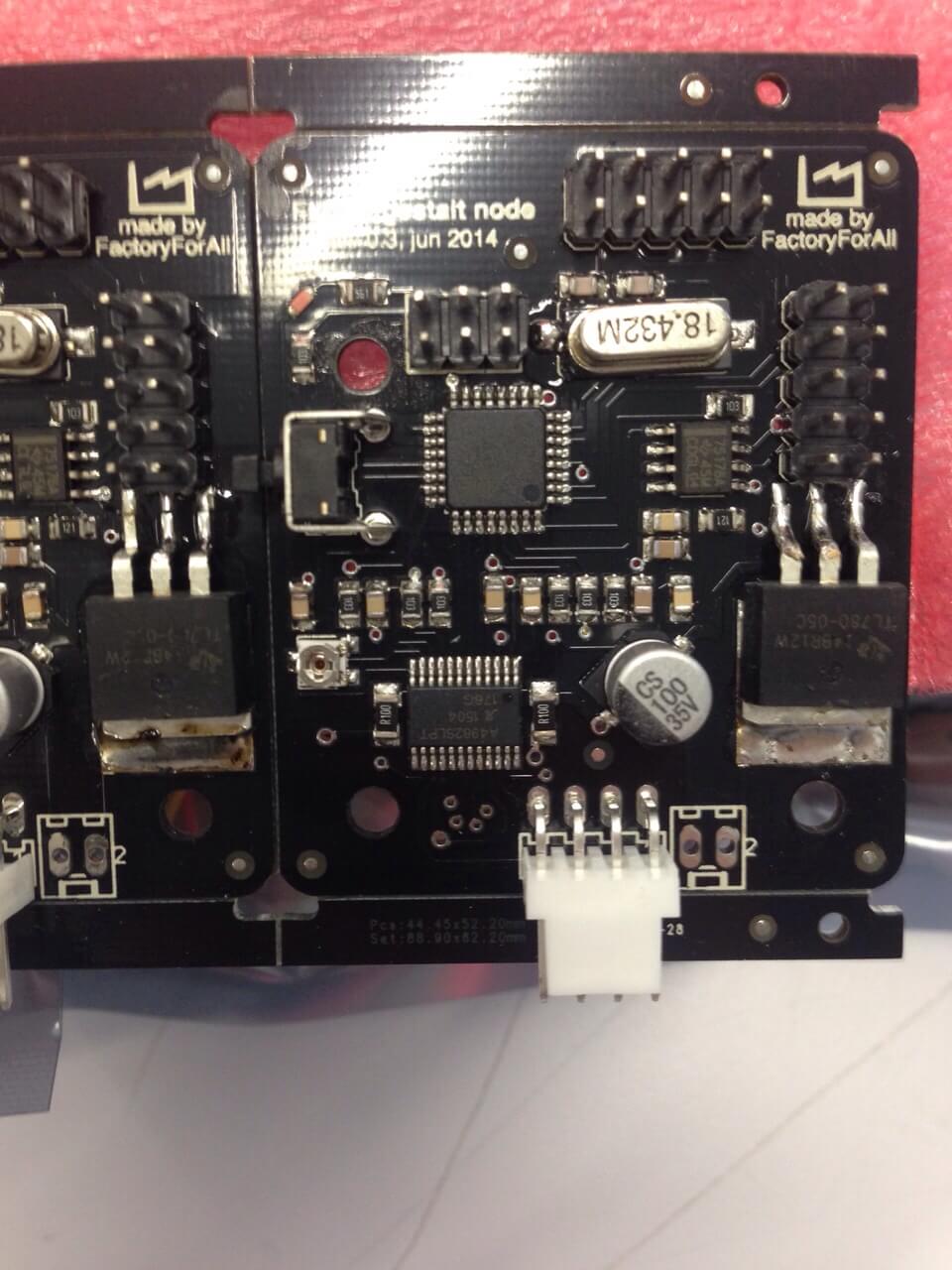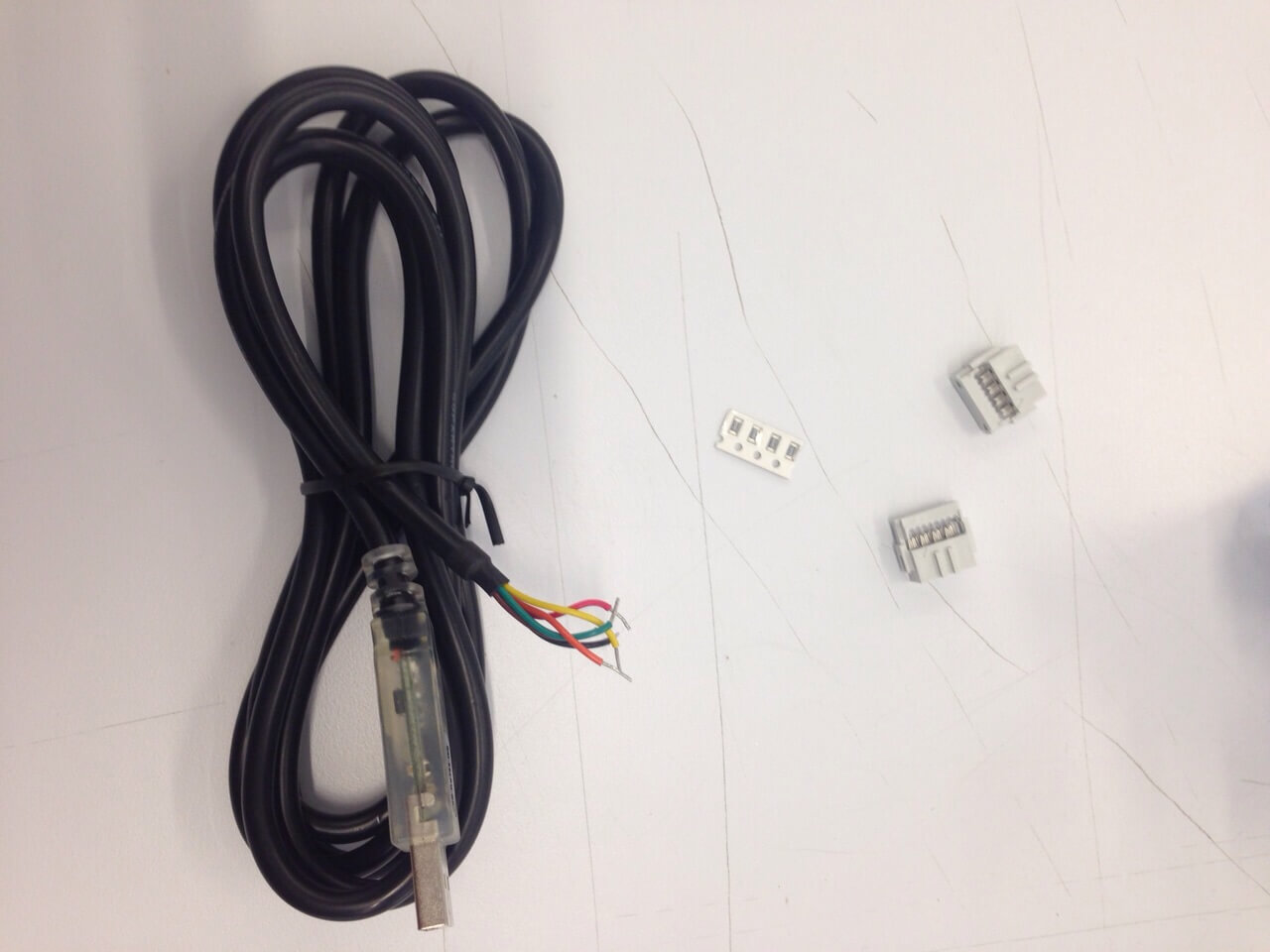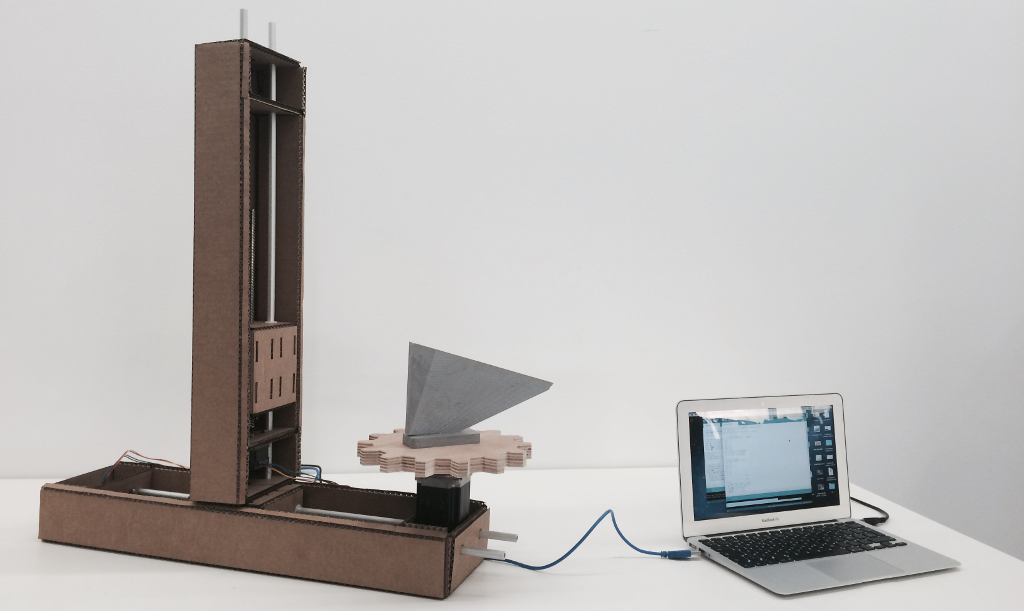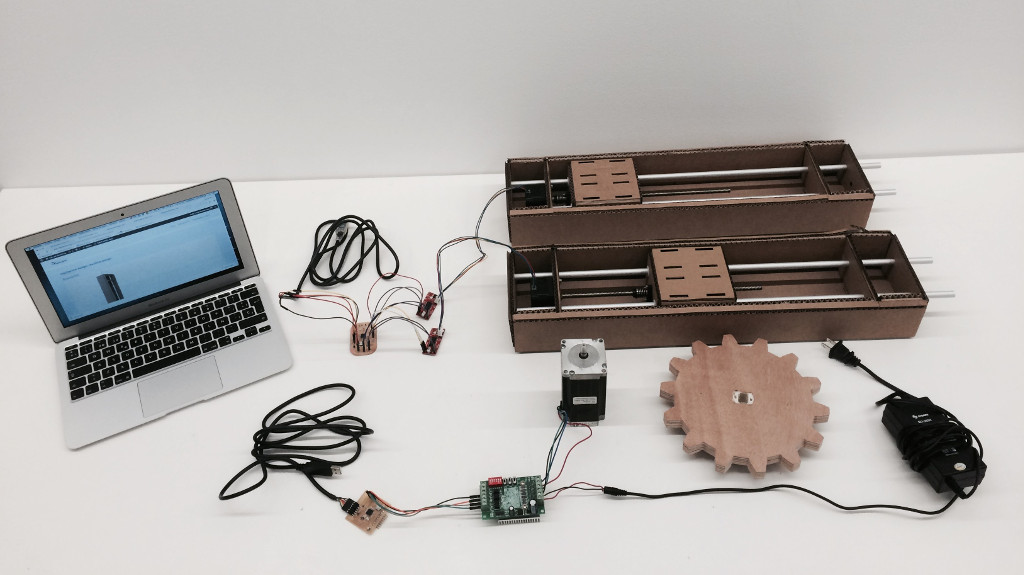We developed this activity in team, and honestly I have to tell that finally it works for this! At first some of us was focused more of one or another part ( for example Rafa and Patricio cutted, and assembled the machine and Ana Karyna, Fernando and me, we were focused more to make operate the machine, trying to activate the gestalt nodes … checking all the connections … making the fab net … investigating the drivers … thinking about the use of the machine);
If I have to talk about my specific personal participation, maybe the most important part was to collaborate on develop the codes and investigate about the drivers that we used finally, but I did this this two things in collaboration with the others.
Here our PCB gestalt, we have the theory that are physically damaged.
Another component that we think is corrupt is the FTDI cable.
Here is some evidence of failed connections.
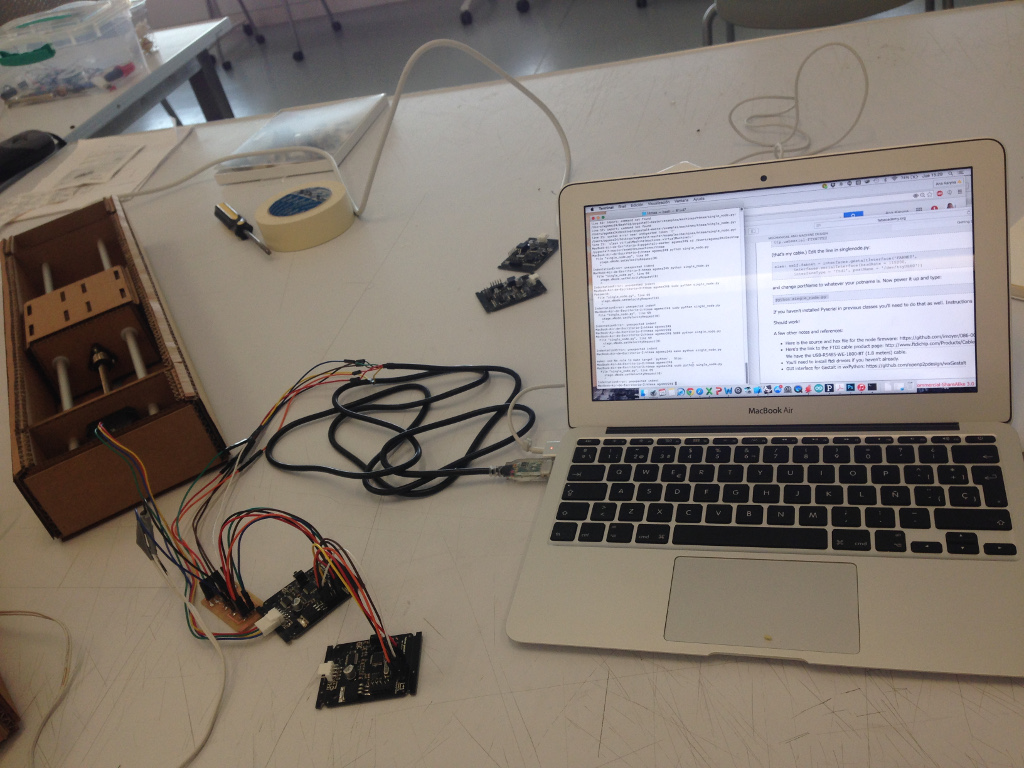
In the end we decided to use other drivers, here are some images of Easy driver, L298N and TB6560V2.
This is the final code, it worked.
- int P = 8;
- int D = 10;
- int V = 50;
- int P1 = 30000;
- int P2 = 300;
- void setup() {
- pinMode(D, OUTPUT);
- pinMode(P, OUTPUT);
- }
- void pasos(boolean dir,int pasos){
- digitalWrite(D,dir);
- delay(100);
- for(int i=0;i<pasos;i++){
- digitalWrite(P, HIGH);
- delayMicroseconds(100);
- digitalWrite(P, LOW);
- delayMicroseconds(100);
- }
- }
- void loop(){
- pasos(true,P1);
- delay(V);
- pasos(false,P2);
- delay(V);
- }
and here the finished machine
Scanny 0.0
The result:
see more: http://fabacademy.org/archives/2015/sa/labs/fablabmonterrey/mechanical_design_machine_design.html

